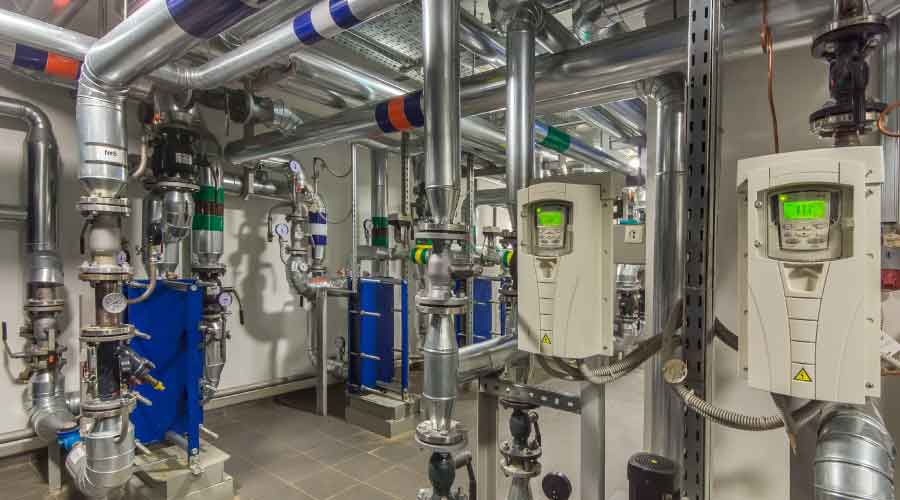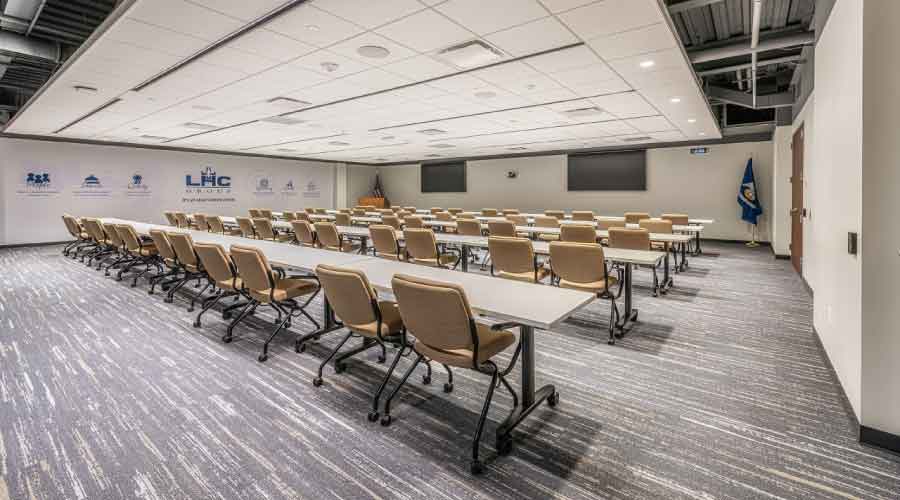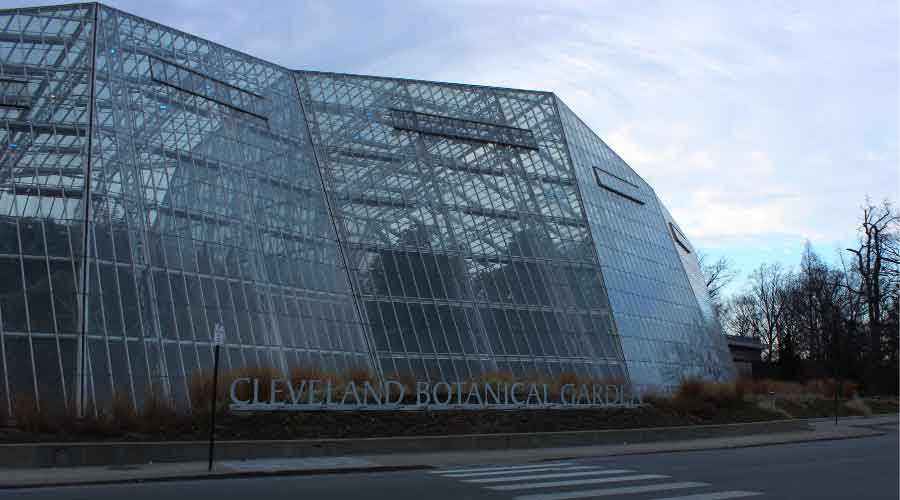
ASHRAE Releases Latest Version of Standard 90.1-2022
Updated standard includes expanded scope for building sites and major additions appearing for the first time in a minimum-efficiency U.S. model energy standard or code. February 6, 2023
By Dan Hounsell, Senior Editor
Maintenance and engineering managers continue their search for greater energy efficiency related to the operation of boilers, chillers and other critical HVAC components and systems. Now ASHRAE is providing updated guidance for facilities’ energy efficiency efforts.
ASHRAE recently released its latest version of its benchmark energy efficiency standard, ANSI/ASHRAE/IES Standard 90.1-2022 - Energy Standard for Sites and Buildings Except Low-Rise Residential Buildings. The latest version includes an expanded scope for building sites and major additions appearing for the first time in a minimum-efficiency U.S. model energy standard or code.
“We have identified some ambiguity in the standard by offering guidance on regulating only buildings and not sites,” says Don Brundage, chair of the ASHRAE Standing Standard Project Committee 90.1. “Examples include exterior and parking lot lighting, which if not provided through the main electric panel in the building, were not within the scope of Standard 90.1 previously.
“Including sites also clarifies that onsite renewables could count as credits towards energy usage across the entire building project, even if located in a parking lot or other onsite location, not only within the footprint of the building. We are continuing to improve efficiency and reduce energy use through updates to Standard 90.1, meeting the needs of the design community and keeping Standard 90.1 pertinent, as demand grows for reduced energy use and carbon emissions.”
Other major additions to Standard 90.1-2022 include:
- A minimum prescriptive requirement for on-site renewable energy. This change is representative of a more widely adopted shift to renewable energy.
- An optional Mechanical System Performance Path allowing HVAC system efficiency tradeoffs based on the new total system performance ratio (TSPR) metric.
- New requirements to address the impacts of thermal bridging.
- New energy credit requirements for a customized approach to improving energy efficiency.
- New informative guidance for using carbon emissions, site energy, or source energy as alternative performance metrics to the current energy cost metric.
- Significant efficiency increases in the integrated energy efficiency ratio for commercial rooftops and a new SEER2/HSPF2 metric for <65K sized air-cooled heat pumps.
Dan Hounsell is senior editor of the facilities market. He has more than 25 years of experience writing about facilities maintenance, engineering and management.
Next
Read next on FacilitiesNet












